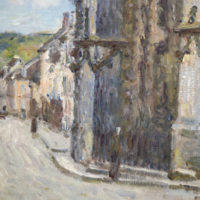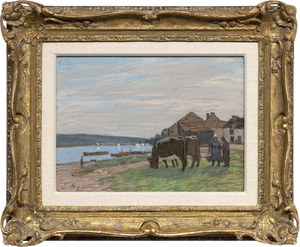ALFRED SISLEY (1839-1899)
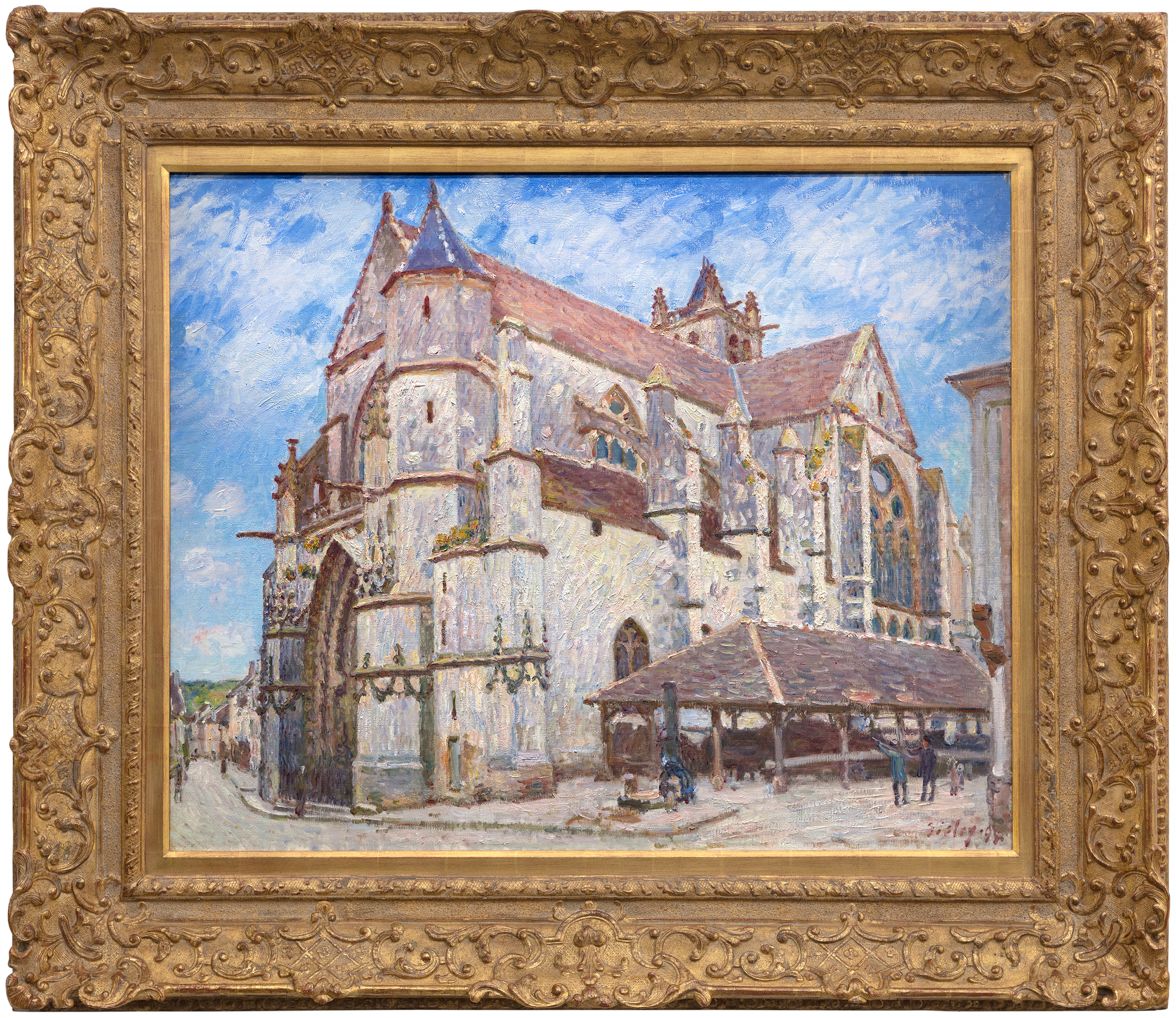
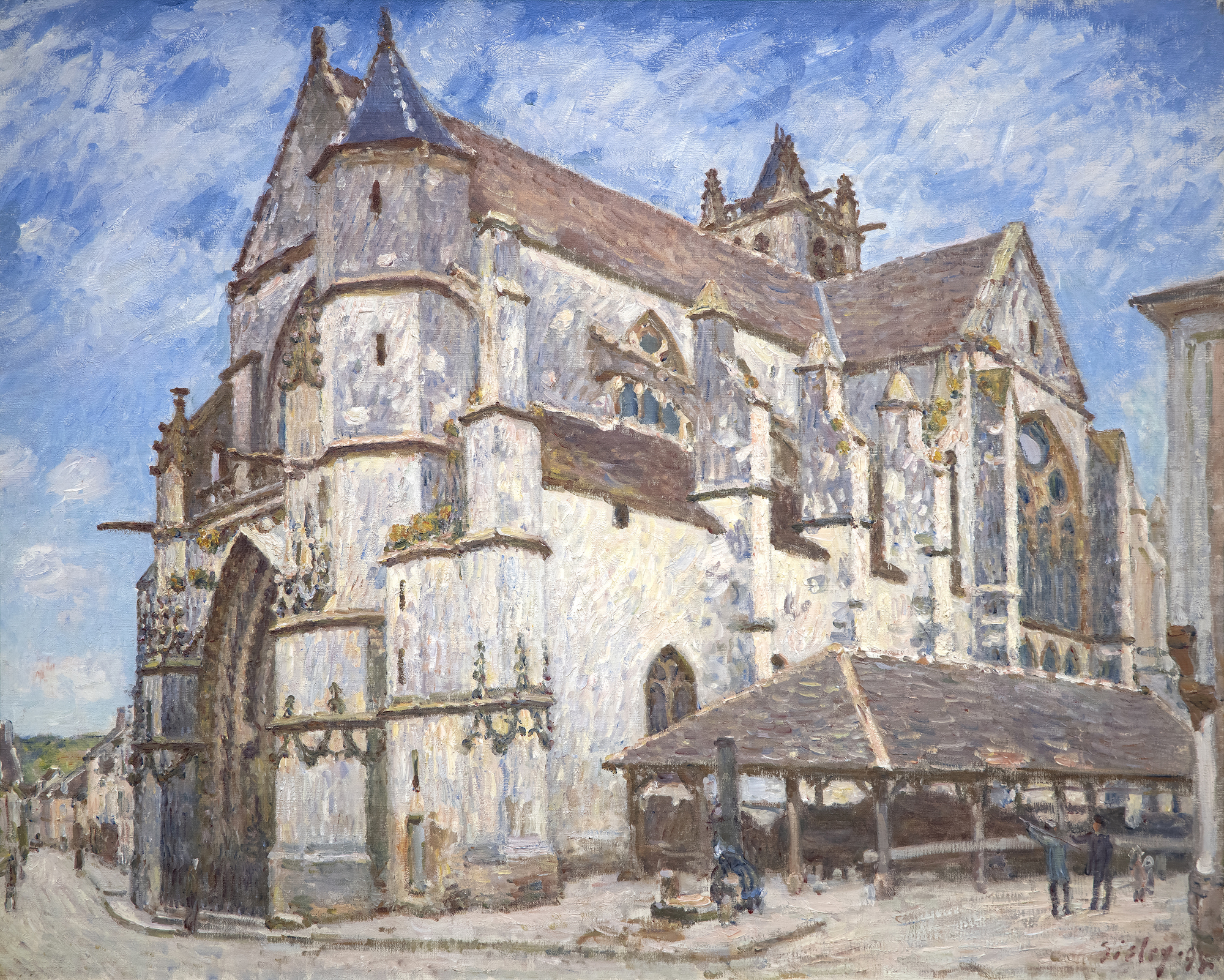
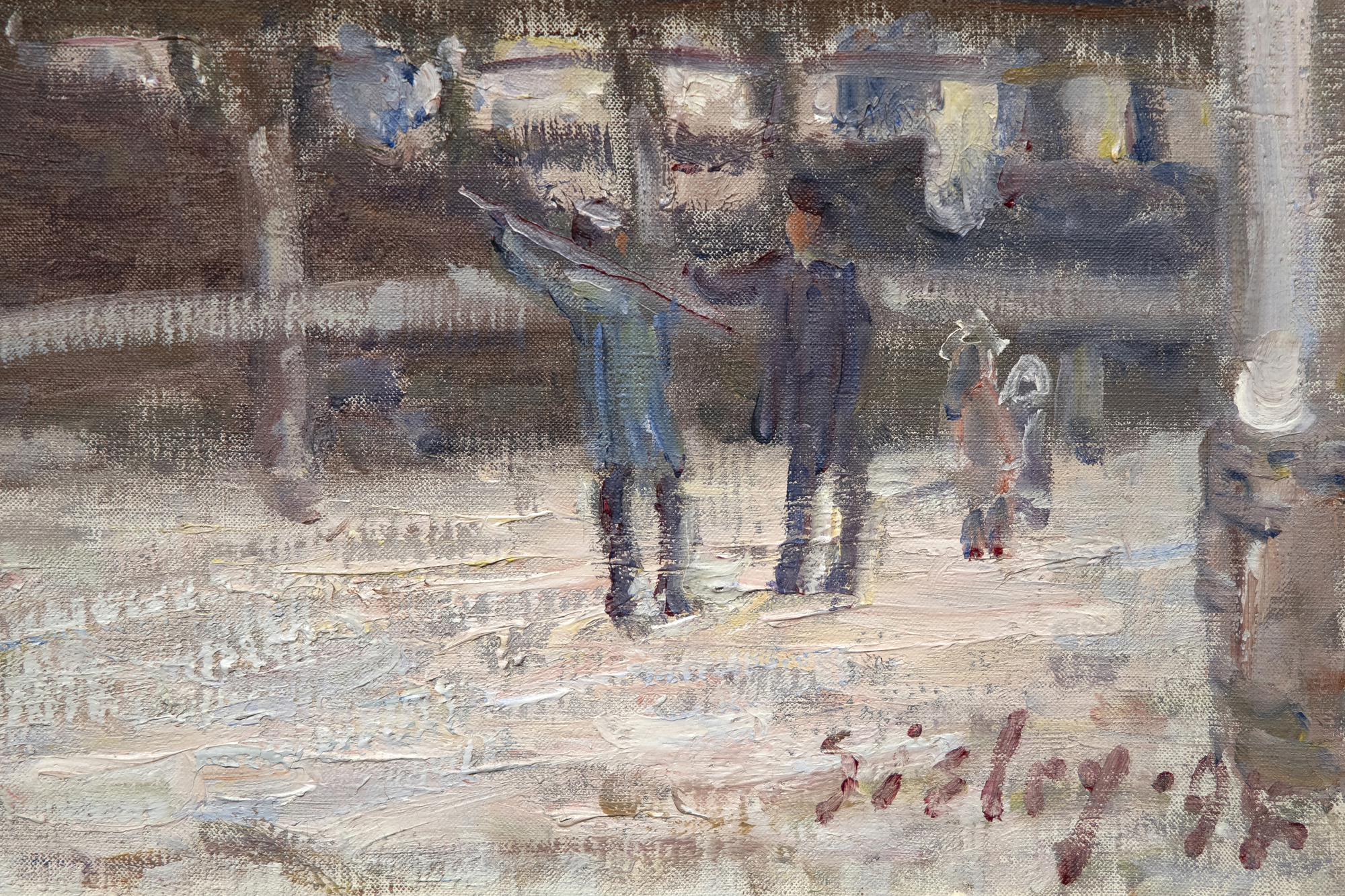
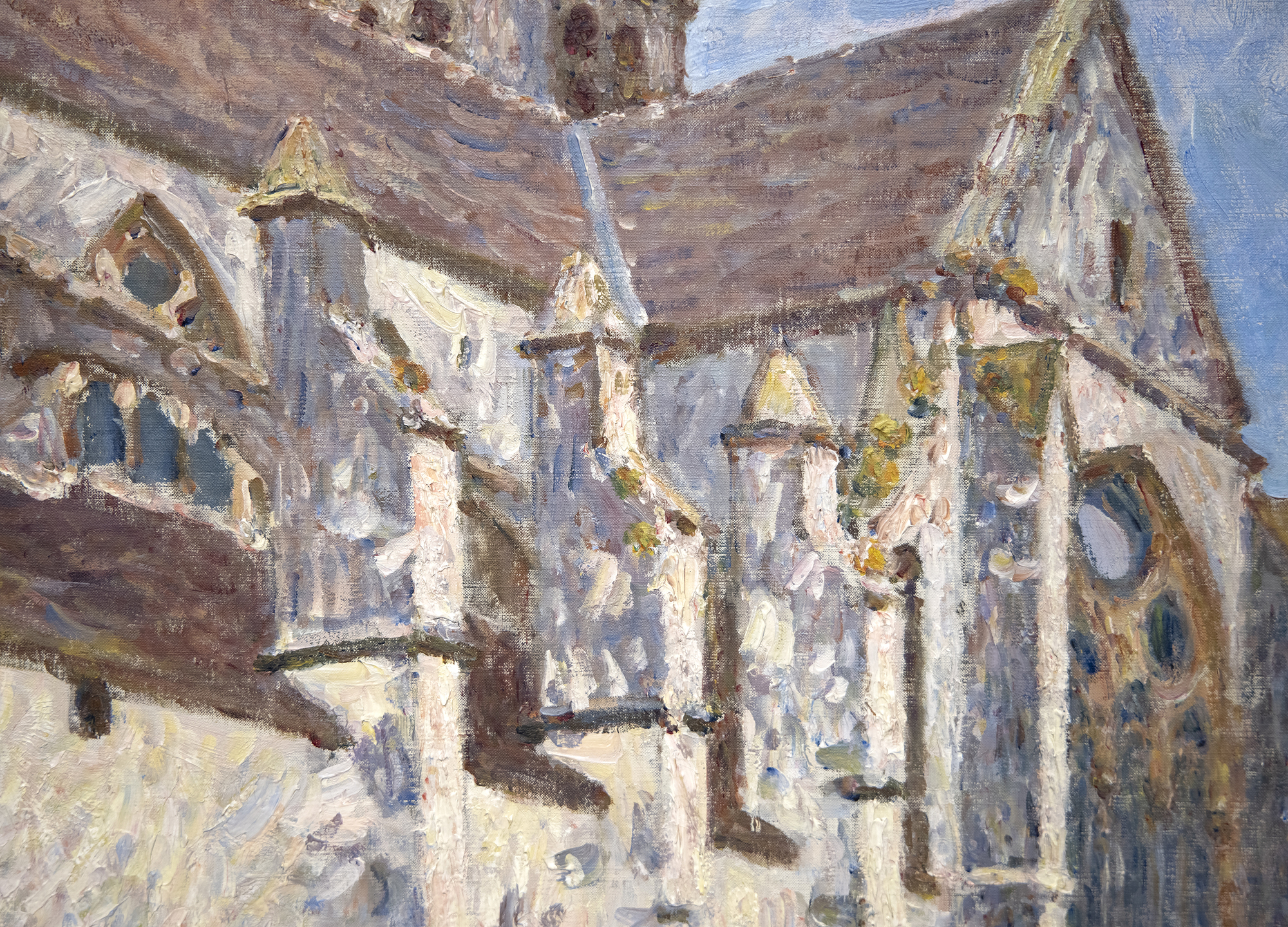
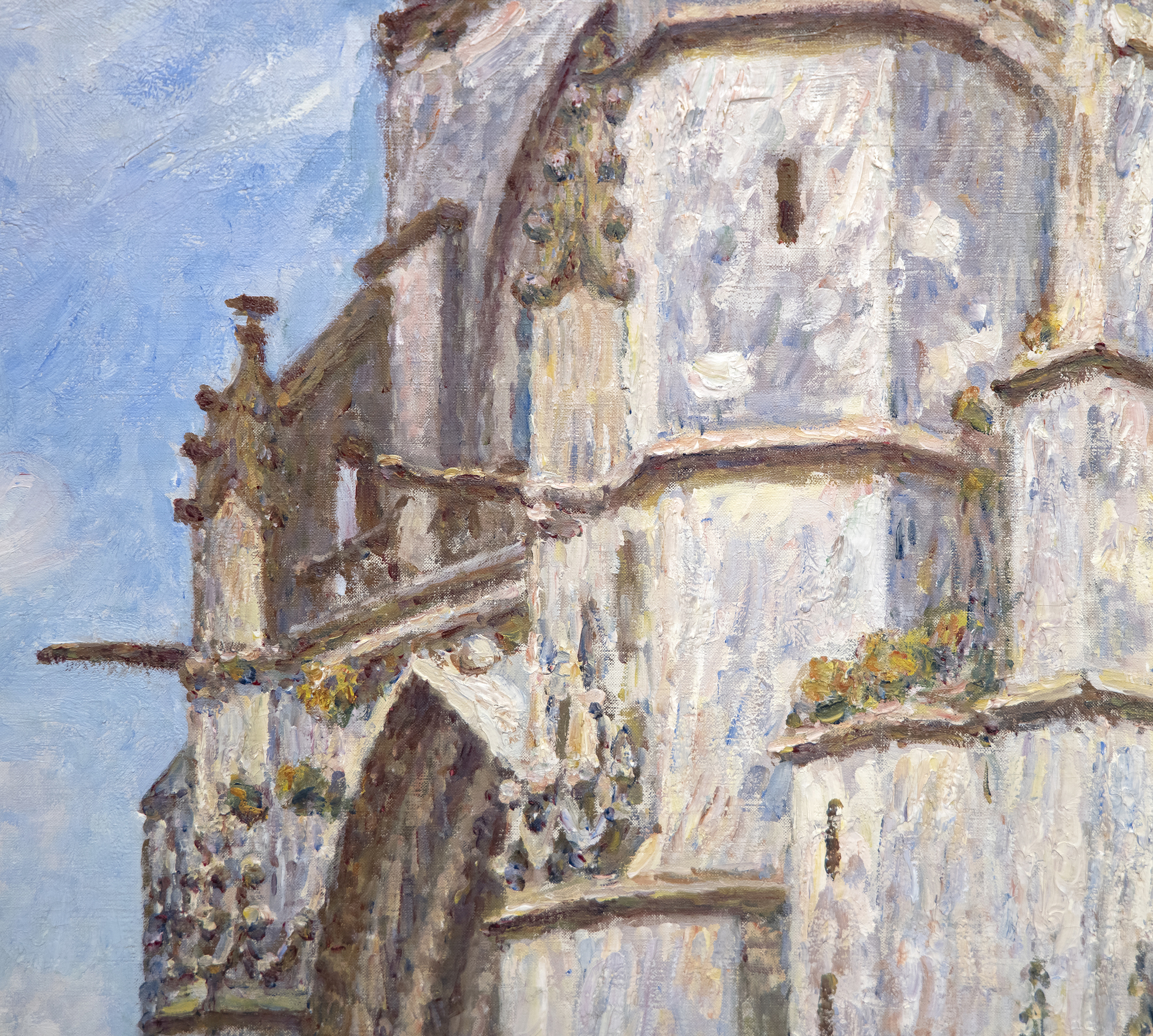
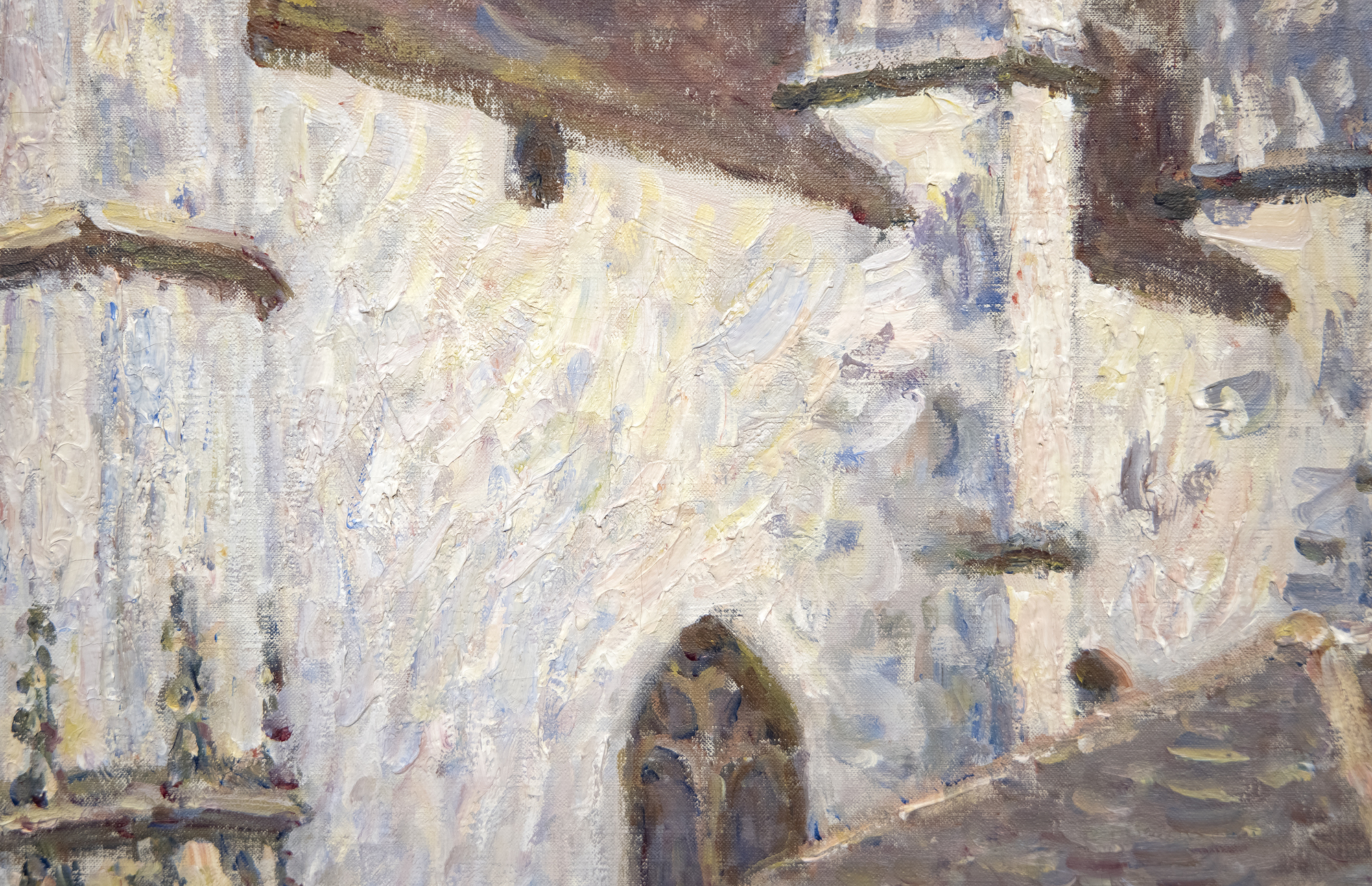
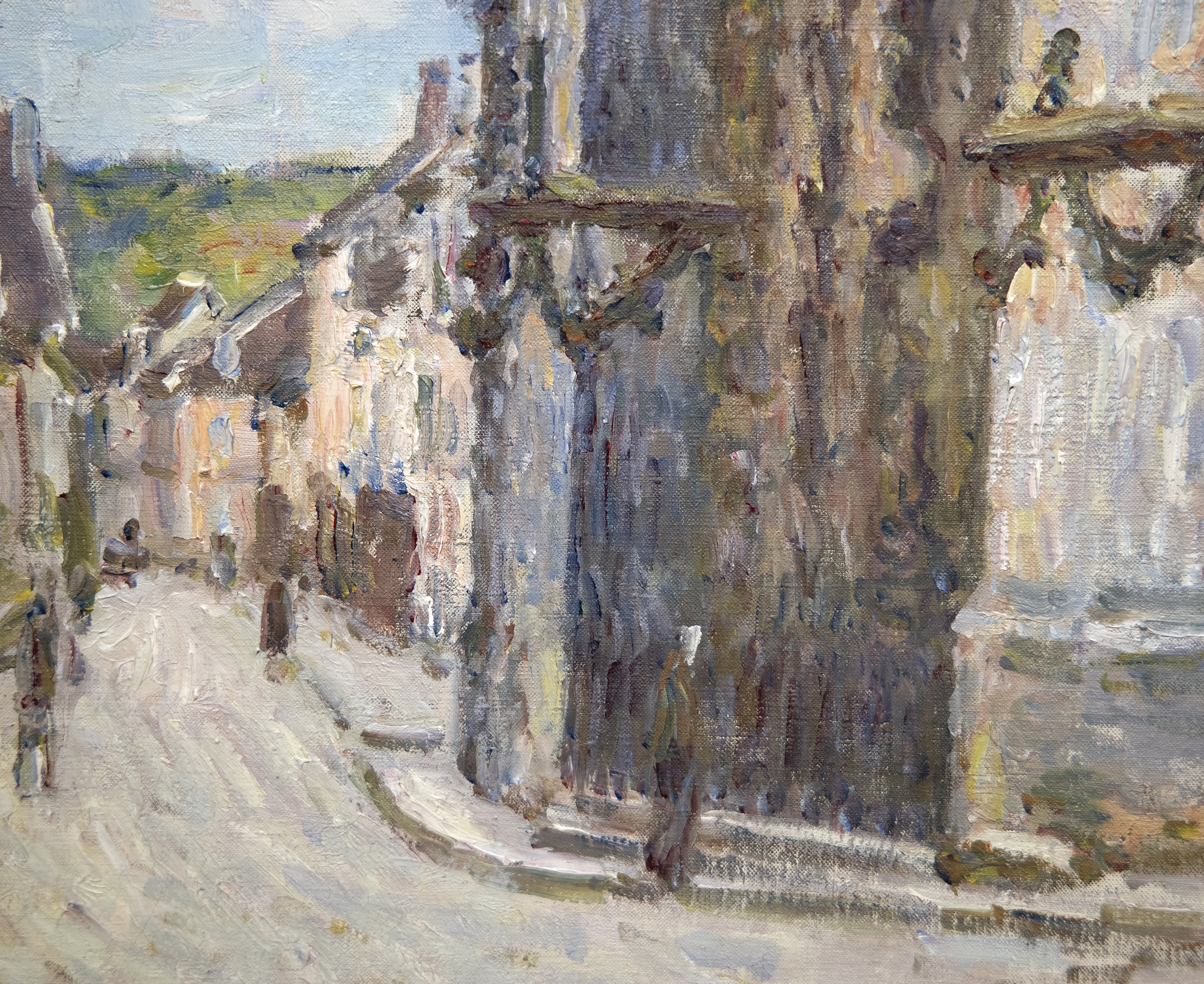
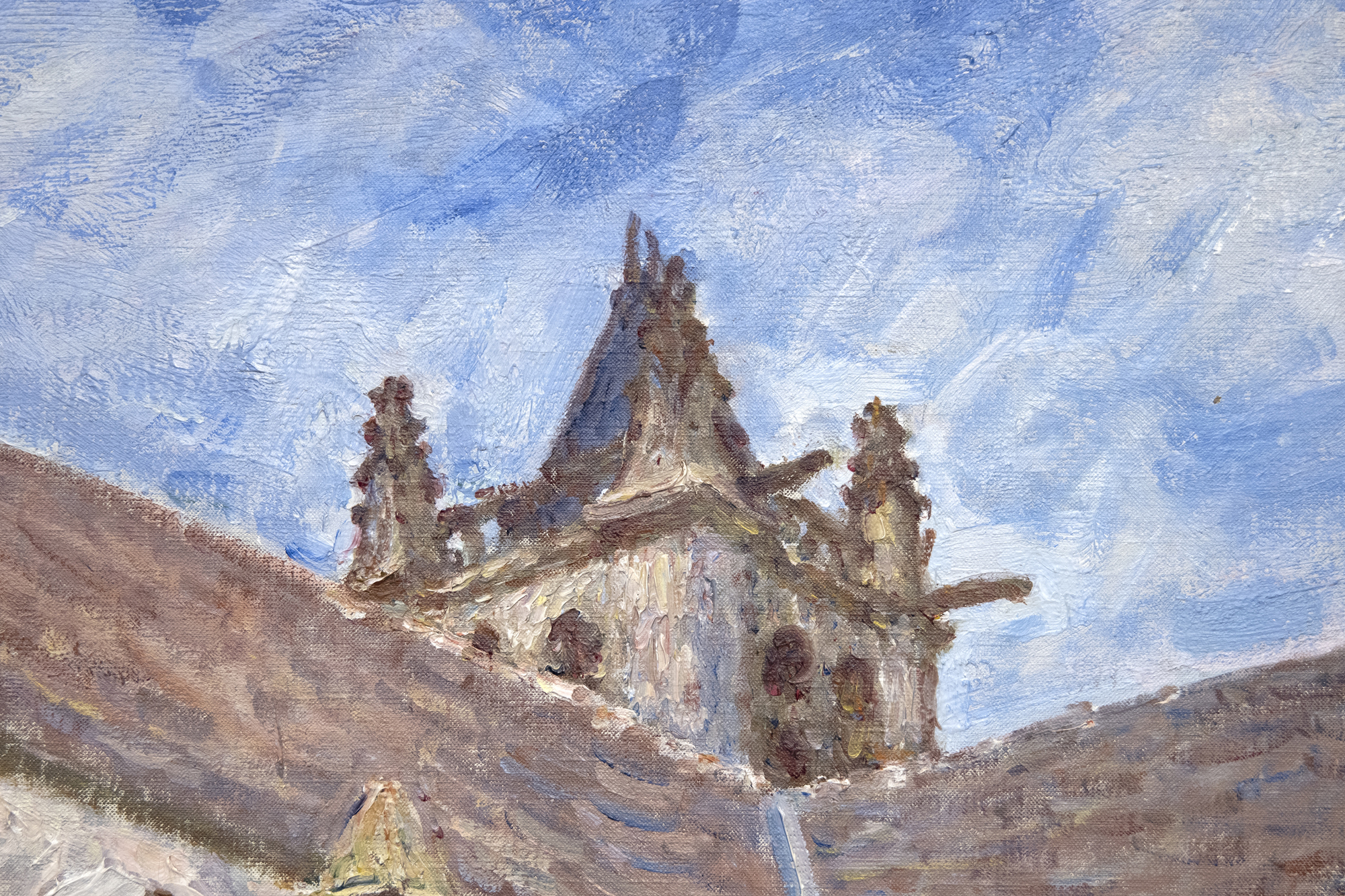
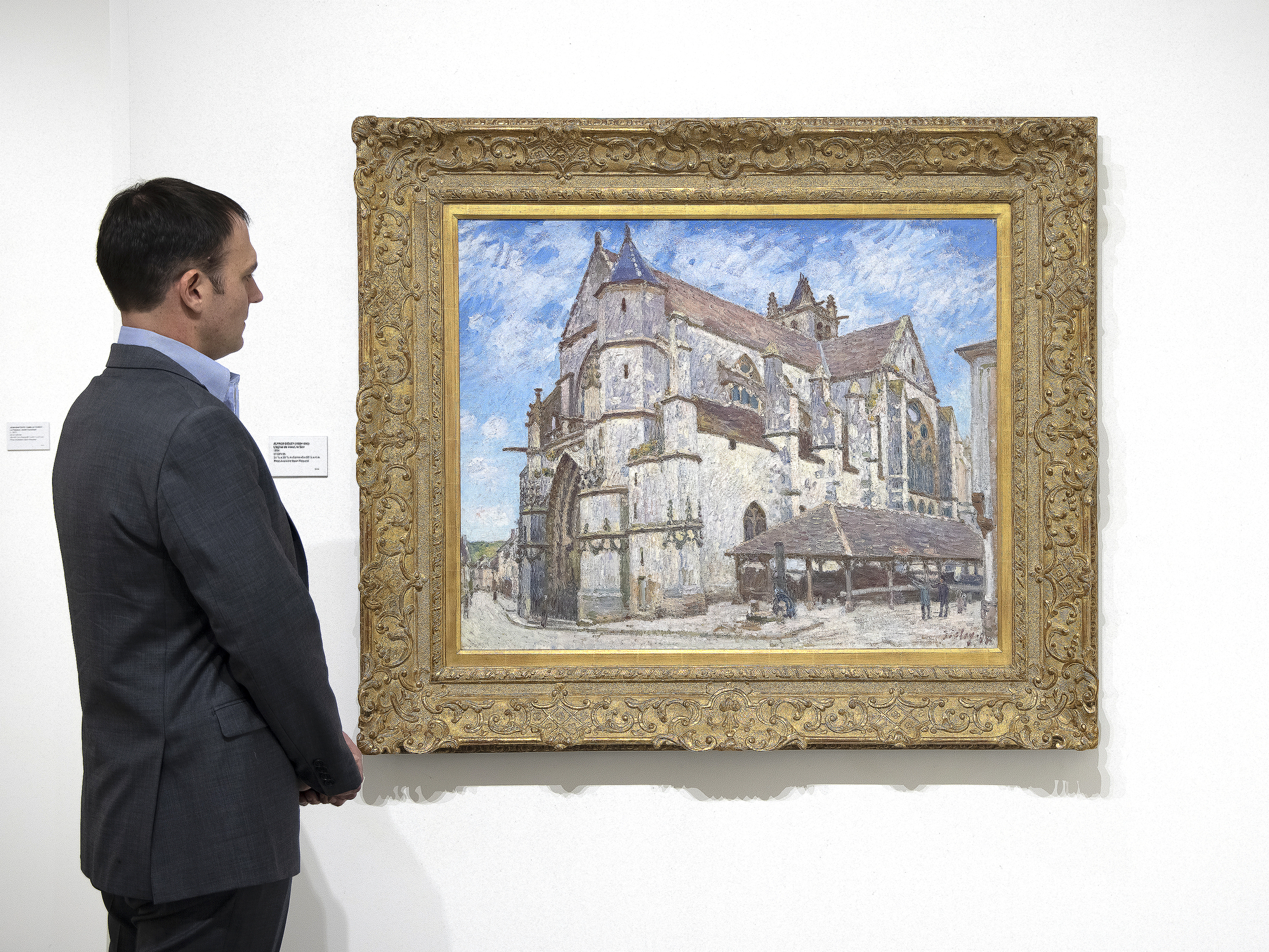
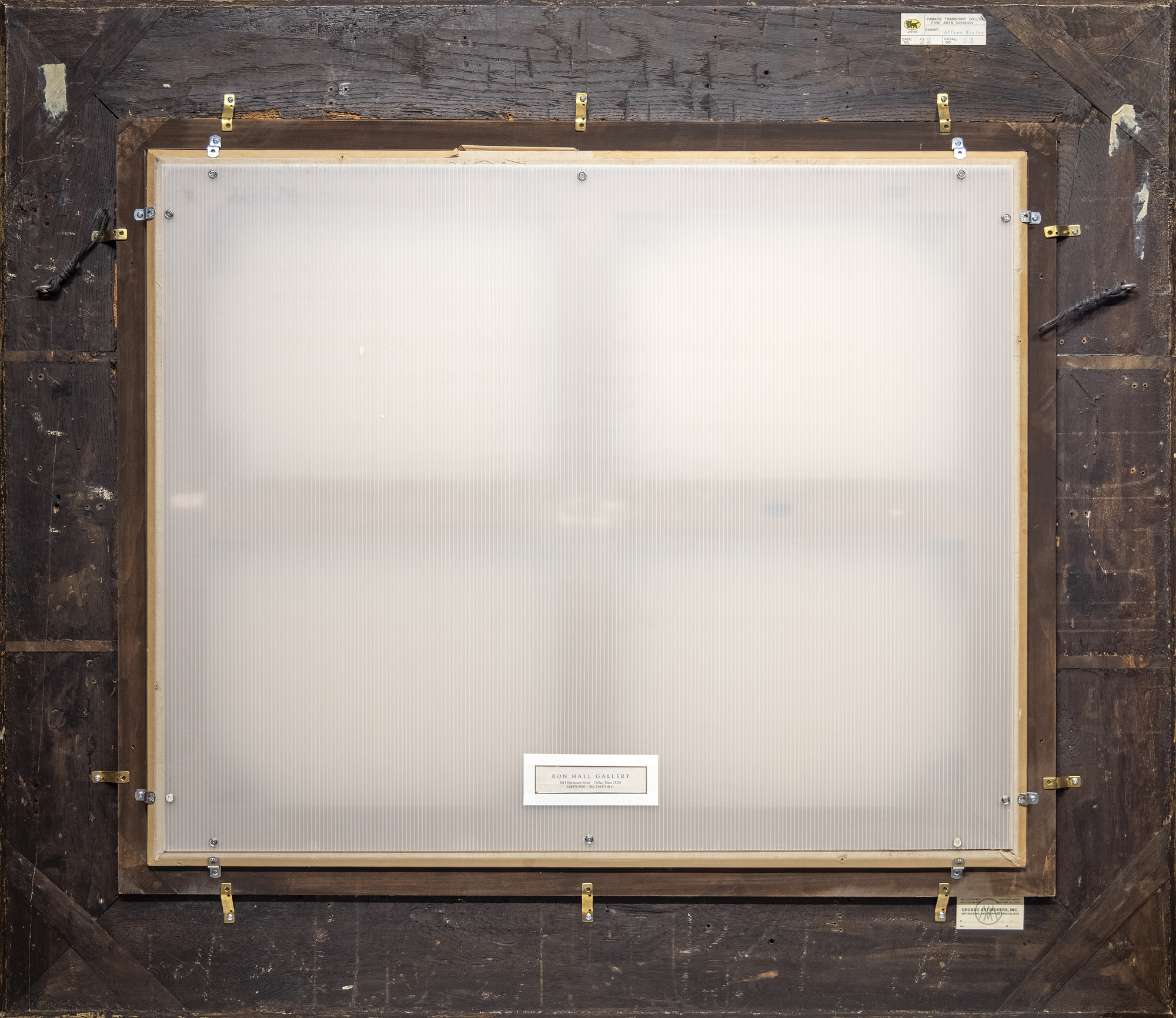
Procedencia
Finca de SisleyVenta: Vente de l'Atelier Sisley, Galeries Georges Petit Paris, 1 de mayo de 1899, lote 13
George Viau, París
Venta: Hôtel Drouot París, 20 de febrero de 1908, lote 37
Colección Pearson, París (adquirida en la venta anterior)
Venta: Vente Pearson, Galerie Paul Cassirer Berlín, 18 de octubre de 1927, lote 65
Colección privada
Venta: Hôtel Drouot, París, 23 de junio de 1928, lote 98
Colección Aubert, París (adquirida en la venta anterior; posiblemente Marcel Aubert)
Colección privada Galería Edward Nahem
S...Más....teven Bedowitz, Boca Ratón, Florida (adquirida en 1989)
Private Collection, Nueva York
Larry Lacerte, Dallas (adquirido en 1991)
Colección privada (adquirida en 1996)
Exposición
Tokio, Museo de Arte Isetan; Kagawa, Museo Municipal de Arte Takamatsu; Hiroshima, Museo de Arte y Wakayama, Museo Departamental de Arte Moderno, Exposición Alfred Sisley, 2000, no. 53, ilustrado en color pp. 138-139Literatura
O. Reuterswaerd, "Sisley's Cathedrals, A Study of the Church at Moret" en Gazette des Beaux Arts, marzo de 1952, fig. 1, ilustrada en la p. 194F. Daulte, Alfred Sisley. Catalogue raisonné de l'œuvre peint, Lausana, 1959, nº 835, ilustrado en blanco y negro
F. Daulte, Sisley. Les Saisons, París, 1992, no. 41, ilustrado en color p. 73
R. Shone, Sisley, Nueva York, 1992, pl. 134, ilustrado en color p. 170 (mencionado pp. 164-165)
Brame, S., Sisley, A., Lorenceau, F., & Daulte, O. (2021). Alfred Sisley: Catalogue critique des peintures et des pastels. P. 347 ill. 347, 501
...MENOS....
Historia
Entre Île-de-France y Borgoña y al borde del bosque de Fontainebleau se encuentra el pueblo medieval de Moret-sur-Loing, fundado en el sigloXII. Cuando Alfred Sisley describió su carácter a Monet en una carta fechada el 31 de agosto de 1881 como "un paisaje de caja de bombones...", quiso decir que su torre del homenaje, las murallas, la iglesia, las puertas fortificadas y las fachadas ornamentadas enclavadas a lo largo del río eran, para un pintor, un escenario de encanto inigualable. Una antigua iglesia, que siempre es el elemento más llamativo del paisaje urbano del valle del Sena, estará presente en las vistas urbanas de Sisley, como lo estuvo para Corot y para Monet en Vétheuil. Pero, a diferencia de Monet, cuyas treinta vistas de la catedral de Ruán fueron ejecutadas para poder trazar el juego de luces y sombras a través de la fachada de la catedral y capturar la naturaleza efímera de los cambios de luz y atmósfera de un momento a otro, Sisley se propuso afirmar la naturaleza permanente de la iglesia de Notre-Dame en Moret-sur-Loing. La única preocupación de Monet era el aire y la luz, y la de Sisley parece ser un recuerdo de homenaje. El cuadro destila respeto por los arquitectos y constructores originales de una estructura tan inexpugnable y resuelta, que se mantuvo en pie entonces como en aquellos tiempos medievales, y que para nosotros, se mantiene en pie hoy, como lo hará, por tiempos inmemoriales.
Sin embargo, Sisley se esforzó por mostrar la apariencia cambiante del motivo a través de una serie de cambios atmosféricos. Dio a las obras títulos como "Bajo el sol", "Bajo la escarcha" y "Bajo la lluvia" y las expuso en grupo en el Salón del Campo de Marte de 1894, factores que sugieren que pensaba en ellas como interpretaciones en serie. Sin embargo, a diferencia de la obra de Monet, l'église de Moret, le Soir revela que Sisley eligió mostrar el motivo dentro de un contexto espacial que acentúa sus atributos compositivos: la perspectiva en picado de la estrecha calle de la izquierda, el fuerte retroceso diagonal de las líneas del edificio como contrapeso a la derecha y el imponente peso del edificio pétreo sobre la línea de visión.
CONOCIMIENTOS DEL MERCADO
- El precio récord de un cuadro de Sisley en subasta supera los 9 millones de dólares, establecido en 2017 por un paisaje invernal bastante más pequeño que L'église de Moret, le Soir
- Sólo existen 884 óleos de Sisley, y muchos de ellos se encuentran en colecciones permanentes de museos, por lo que quedan pocos ejemplos excelentes a gran escala que puedan estar disponibles para la venta privada
- L'église de Moret, le Soir es excepcionalmente grande en comparación con otras obras de Sisley, y ha pertenecido a la misma colección privada desde 1996, lo que aumenta su valor
- Está firmada en la parte inferior derecha "Sisley 94" y documentada en el catálogo razonado de Sisley (F. Daulte, Lausana, 1959, nº 835, ilustrado en blanco y negro)
- Representa la iglesia de Notre Dame en Moret, un tema importante que Sisley volvió a visitar casi una docena de veces desde que se instaló en Moret en 1889
Cuadros comparables vendidos en subasta

"Effet de Neige à Louveciennes" (1874) se vendió por 9.064.733 dólares.
- Cuadro más pequeño con una paleta de colores apagados, pero con hermosas sombras
- Una rara escena invernal
- Consigue el precio récord de Sisley en una subasta en 2017

"Le loing à Moret" (1883) se vendió por 4.869.000 dólares.
- Significativamente más pequeño que nuestra pieza
- Menos acabado y sin cifras
- Hermosa luz y paleta de colores

"Moret-sur-Loing" (1891) por 4.685.031 dólares.
- Los grandes cuadros de Sisley, como éste y el nuestro, son raros y más valiosos
- Se vendió hace ocho años por más de 4,6 millones de dólares, y el mercado ha crecido

"Le loing à Moret, en été" (1891) se vendió por 5.746.135 dólares.
- Otro gran lienzo de unos años antes
- Al igual que nuestro cuadro, incluye una figura, lo que aumenta el valor

































